Description
The Sound and the Fury .William Faulkner’s rage fascinates the reader with his new style of narration. A book that describes an event in such a fascinating way that you will never close it once you open it.
Introducing the book Rage and Pandemonium by William Faulkner
Perhaps when William Faulkner wrote rage and fuss line by line behind his typewriter, he never imagined that the book he was writing would one day be taught in one of the most famous universities in the world as one of the best examples of modern twentieth-century novels.
“Rage and Pandemonium”; Twentieth Century bestselling novel
The novel The Sound and the Fury was originally published in 1929. Although it did not sell well in the early days of its publication, its sales multiplied in 1998 when the Modern Library ranked the book Rage and Pandemonium sixth on its list of the “Best English Novels of the Twentieth Century.”
Synopsis of “Rage and Pandemonium”
The story of rage and commotion takes place in Mississippi and tells the story of the Compson family. Families who have been aristocratic in the past and are trying to preserve their property and reputation after events. The novel “Rage and Pandemonium” narrates the life of the Compson family in four chapters over thirty years. Each of these chapters is narrated by one of the sons of the Compson family. This shift or change of narrator helps the reader to see an event from several angles.
Get to know the author of “Rage and Pandemonium” more
William Faulkner (sometimes mispronounced as William Faulkner) was the American author of the book Rage and Pandemonium, and was born and died in Mississippi. William Faulkner is one of the most famous novelists of the nineteenth century. He won the Nobel Prize in Literature in 1949 for his artistic and powerful influence on modern novel writing. Faulkner is recorded as the greatest novelist between the two world wars in the history of world literature.
William Faulkner’s speech at the Nobel Prize ceremony was very memorable and moving. Who will one day stand here for me.
Our tragedy today is a physical, global and universal fear, and it is so long overdue that we can even smooth over it now. These men and women must learn that shame is not inferior to fear; “And because they have learned this, they must completely forget the fear.”
William Faulkner has about thirteen novels and many short stories in his literary career. “Rage and Pandemonium,” “Grave to Grave,” and “Absalom, Absalom!” Are his most famous novels, and “Flower Branch for Emily” and “Endless September” are considered his best short stories. Faulkner’s works have been translated into Persian by great translators such as Abolhassan Najafi, Najaf Daryabandari and Bahman Sholehvar.
William Faulkner’s writing style
In examining the writing style of William Faulkner, two important issues should not be overlooked. First, Faulkner was very sensitive about his characters. All the characters in his writings are psychologically well-paid, and Faulkner’s characters can be examined from different philosophical and psychological perspectives. Many reviews and articles have been written about Faulkner’s characters.
Another is that William Faulkner’s novels and short stories are usually in the Gothic genre (a genre of literature in which terrifying and romantic themes are combined). Faulkner wrote his stories in an experimental style and was one of the founders of the “fluid flow of the mind” style.
Faulkner’s book Rage and Rage is also narrated in the style of “fluid flow of the mind.” The fluid flow of the mind is a kind of narrative style in which the author does not follow the time line and tells the story in different time sections. Just as our mind thinks of both the past and the future in an instant, in this style of narrative, the text shifts in time.
In the original version of the novel Rage and Pandemonium, Faulkner wrote the text of the novel uniformly, but the publisher printed parts of it written in the style of a fluid stream of mind, in bold or italic, to better understand the text. For example, in the first lines of the book we read: “We went by the fence and reached the garden fence, where our shadows were. My shadow on the railing was higher than the shadow of the chandelier. “We reached that broken part and you went.”
“Wait a minute,” Luster said. You nailed it again. “Get rid of this and do not get stuck in this nail.”
Cody removed me from the nail and you left. Cody said, “Uncle Murray told us not to let anyone see us.” We better bend down. Do not bend. In this way. Look, we bent down and passed through the garden. We went to a place where the flowers were wheezing when they ate us. The ground was hard. We climbed the fence where the pigs were snoring. Cody said, “I think they’m upset.” Because today one of them was killed. The ground was hard and dominated.
What does “anger and commotion” mean?
One of the fascinating things we can say about Faulkner’s enduring novel is the root of the name of rage. The phrase “The Sound and Fury” chosen by William Faulkner for the novel’s name comes from Shakespeare’s play “Macbeth”.
In one of his monologues, Macbeth says: “Tomorrow and tomorrow and tomorrow, he crawls in small steps from day to day until he reaches the end of the scroll string of each era. And where was yesterday and yesterday, we madmen except a sign of dust on the way to death.
Go down, go down, go down, go down, go down, go down, go down, go down, go down, go down, go down, go down, go down, go down, go down, go down, go down, go down, go down, go down, go down, go down, go down, go down, go down, go down “Life is a myth. It can be said that the confused lips of the brain are full of anger, roar, roar and melee, meaningless leak.”
Who is the best translation of “Rage and Pandemonium”?
Many translators have translated William Faulkner’s Rage. Marzieh Khosravi, Narges Khamhei, Saleh Hosseini, translated by Niloufar Publications, and Bahman Sholehvar.
Bahman Sholehvar translated Faulkner’s novel Rage and Pandemonium for the first time in 1338, and this book was first published in 1338 by Neil Publications, and then Negah Publications reprinted it in 1383.
Bahman Shalhoor has been living outside Iran for more than forty years now and publishes his writings in English. His novel “Night Journey” was published once in Iran and was not allowed to be published after that. Bahman Sholehvar A famous translation of the poem The Waste Land by TS. Elliott also has a modern twentieth-century poet who has added to his fame. Bahman Sholehour’s latest book of poetry and novel’s latest novel have been nominated for a Plitzer Prize.
“Rage and Pandemonium”
Martin Ritt directed the first film adaptation of Rage and Pandemonium in 1959, but the subject matter of the film bore almost no resemblance to Rage and Pandemonium.
In 2014, James Franco made an accurate adaptation of the book on the big screen and played the role of Benji himself. This Franco cinematic adaptation was approved by fans of rage and fuss.
In 2015, in Iranian cinema, Hooman Sidi made a film called Rage and Pandemonium, the story of which has nothing to do with William Faulkner’s Rage and Pandemonium.
We read in a part of the book
I was not crying, but I could not stop myself. I was not crying but the ground was not calm and then I was crying. The ground was sloping and cows were running up the hills. TP tried to get up and fell again, and the cows ran down the hills. Quentin took my arm and we walked towards the barn. Then Tavileh was not there and we had to wait for him to return.
I did not see his return. He came from behind us and Quentin laid me down in the manger where the cows ate. I clung to it. It was falling apart, too, and I clung to it. The cows ran down the hill again. From the front door. I could not stop myself. Quentin and TP were coming up the hill, arguing. TP was falling down the hill and Quentin pulled him up the hill. Quentin hit TP. I could not stop myself.
1- Introducing the book The Sound and the Fury on YouTube
2- Introducing the book The Sound and the Fury in Aparat


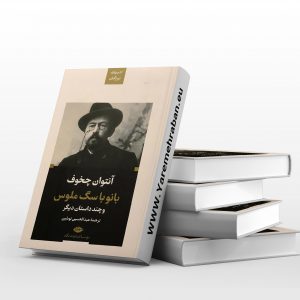

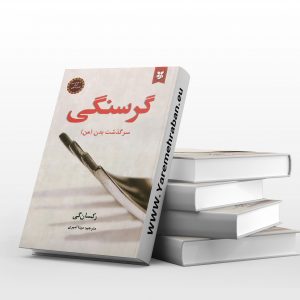

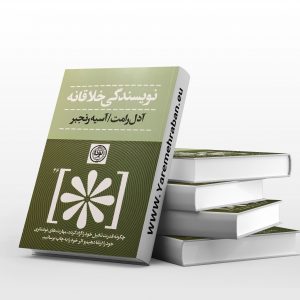
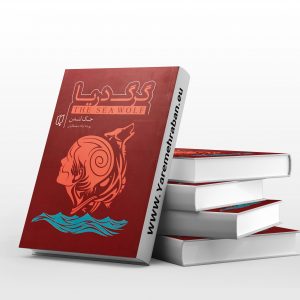



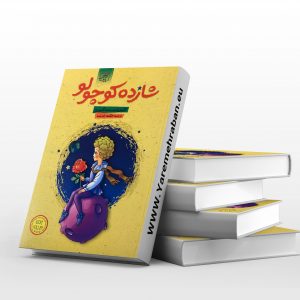
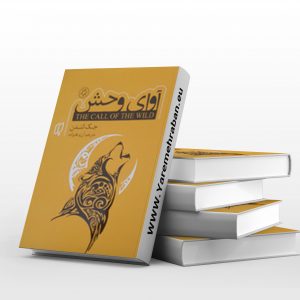

Reviews
There are no reviews yet.